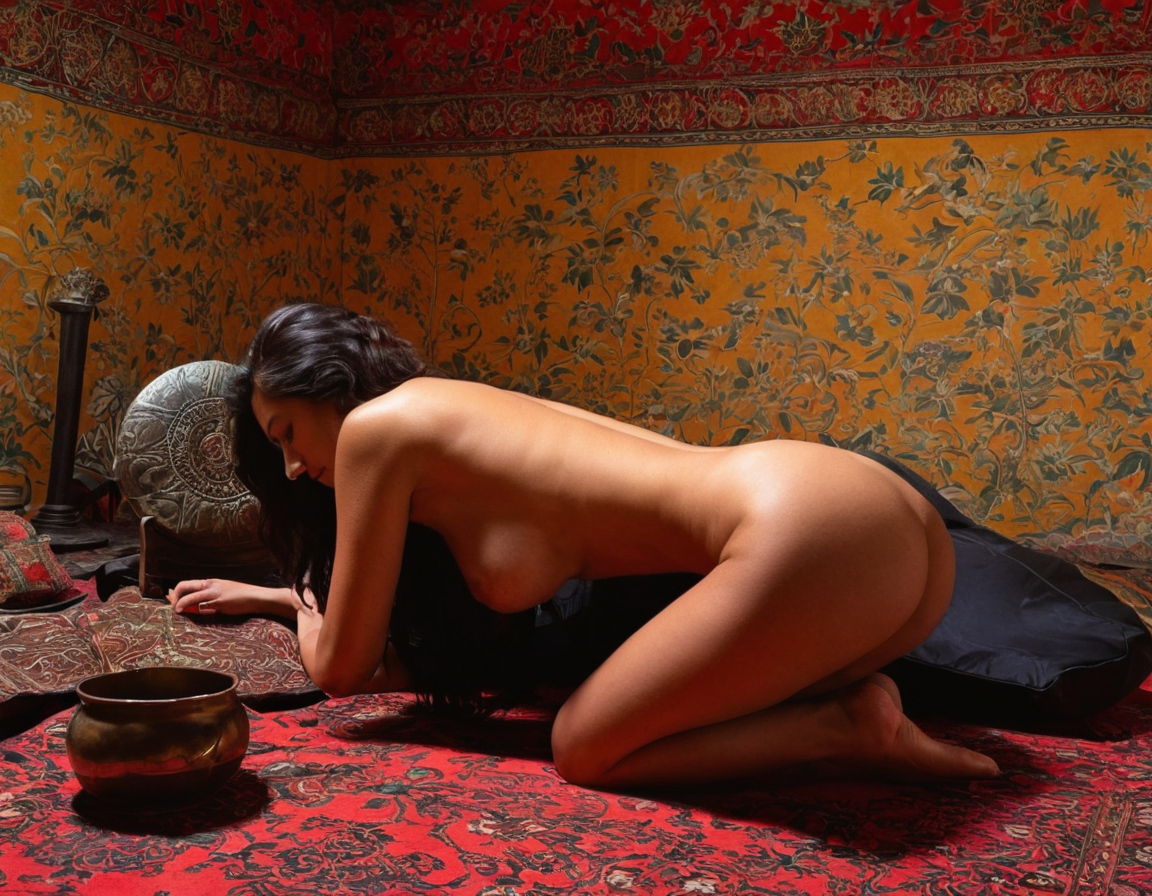Unearthing Taboo: A Peek into International Erotic Tales

Erotica transcends cultural and linguistic barriers, capturing the common thread of human desire and fantasy that spans across countries and continents. Each region’s erotic literature carries a unique flavor, reflecting its history, values, social norms, and creative imagination. In this exploration of international erotic tales, we delve into how these stories are woven with cultural references and linguistic nuances, adding depth to the narrative while breaking societal taboos.
European Erotica: A Blend of Passion and Romance
Europe has a rich history of erotica dating back to classical literature. European erotic tales often intertwine passion with romance, exploring themes of seduction, intimacy, and sensuality in a vividly descriptive manner. The French culture is particularly famous for its emphasis on pleasure, reflected in their erotica.<|im_start|> assistant
French novels like “Story of O” by Pauline Réage or “The Leopard Woman” by Gaston Leroux push the boundaries with their explicit narratives and daring themes. In Italian literature, works such as “L’Idolomane (The Idol-Madman)” by Marquis de Sade and “Giovanni’s Room” by James Baldwin offer a fusion of passion, sin, and transgression. The British erotica scene is marked by the rise in popularity of Fifty Shades Trilogy by E L James, which explores BDSM themes and power dynamics within relationships.
Asian Erotica: A Balance between Sensuality and Spiritualism
Eastern cultures have a rich history of blending sensuality with spiritualism in their erotic literature. Japanese erotica or “Shunga” combines sexual images with the aesthetic beauty of traditional art, showcasing harmony, balance, and tranquility. Works like “The Tale of Genji,” one of the world’s earliest known novels written by Murasaki Shikibu in 10th-century Japan, masterfully weaves romance and erotica with elements from Buddhist philosophy.
Learn more about Taboo
Chinese erotic stories often use allegorical language to avoid direct references to sex, making them more subtle yet intriguing. One such example is the famous ancient Chinese novel “The Plum in the Golden Vase” (also known as “Jin Ping Mei”) which explores themes of lust and desire through a series of interconnected stories.
Latin American Erotica: A Fusion of Passion, Politics, and Social Commentary
Latin American erotica often blends passion with politics and social commentary, offering an insight into the region’s societal issues while captivating readers with its sensual narratives. Works like “Kramer vs. Kramer” by Gabriel García Márquez or Isabel Allende’s “The House of Spirits” explore themes beyond eroticism, delving deeper into family dynamics, politics, and societal pressures in Latin America.
African Erotica: Celebrating Diversity and Inclusivity
African erotica is diverse and inclusive, reflecting the continent’s rich cultural heritage and diverse communities. Works like “The Sexual Life of a African Woman” by Chikwenya Agnes Kapuya or “The Girl with the Louding Mouth” by Ama Ata Aidoo celebrate African women’s sexuality and agency while addressing societal taboos around sex and relationships in Africa.
Conclusion: Celebrating Global Erotic Literature through Diverse Narratives
Erotica transcends boundaries, serving as a platform for authors to share their fantasies, desires, and cultural perspectives on sexuality. As we explore international erotic tales, we appreciate how each region’s literature is influenced by its history, values, and societal norms. By celebrating these diverse narratives, we not only broaden our understanding of human desire but also challenge taboos and encourage a more inclusive conversation around sex and sexuality worldwide.

SEO keywords: international erotic tales, European erotica, Asian erotica, Latin American erotica, African erotica, global erotic literature, cultural perspectives on sexuality, societal norms, human desire, diverse narratives
